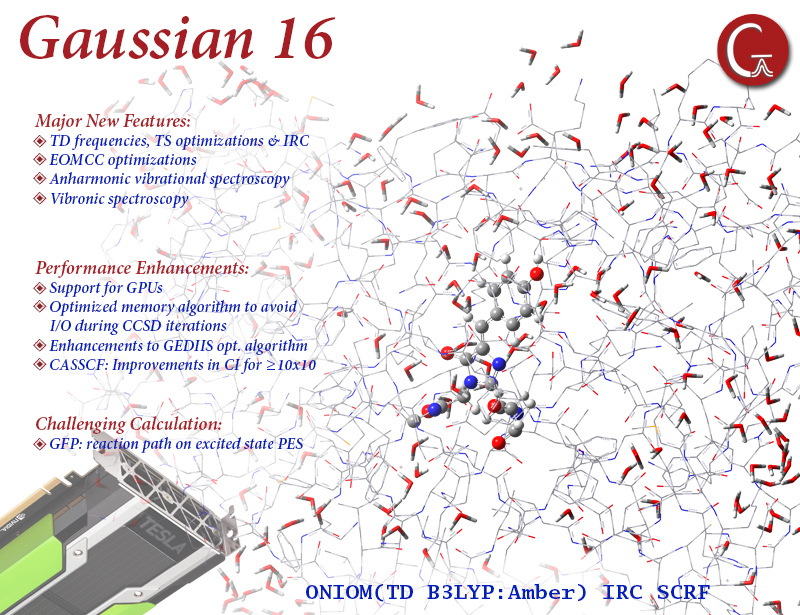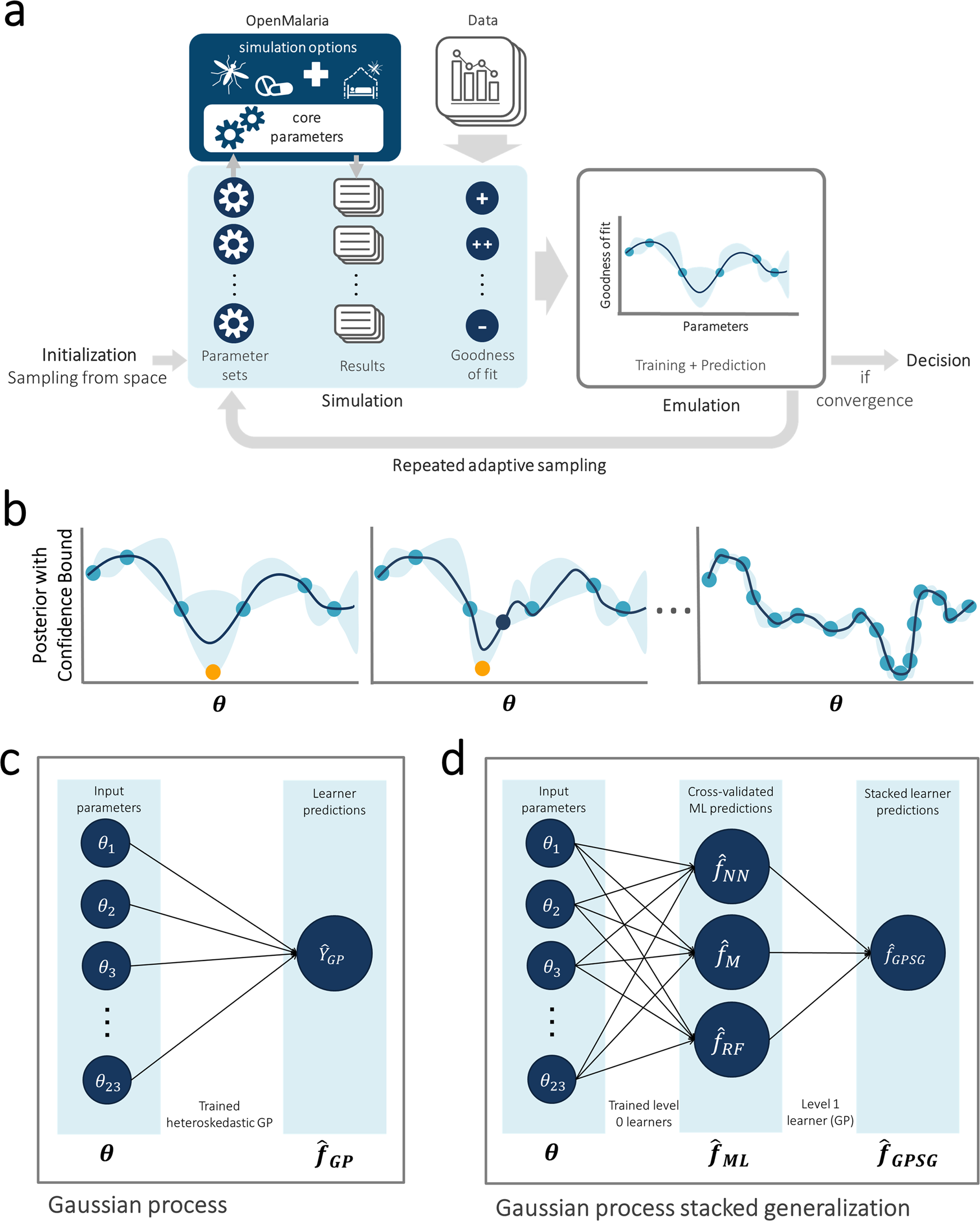

In addition, several representative substructures for characterizing MGMT inhibitors were identified by information gain and substructure frequency analysis method. Three models (Ext-SVM, Ext-Tree and Graph-RF) showed high and reliable predictive accuracy for both training and external test sets. The range of accuracy for the external test set ranged from 0.800 to 0.880 except for PubChem-Tree model, suggesting a satisfactory predictive ability. For classification studies, the accuracies of 10-fold cross-validation ranged from 0.750 to 0.885 for top ten models. The results from QSAR studies indicated topological charge indices, polarizability, ionization potential (IP), and number of primary aromatic amines are main contributors for MGMT inhibition of base analogs. The best QSAR model was obtained with Q 2 Loo = 0.83, R 2 = 0.87, Q 2 ext = 0.67, and R 2 ext = 0.69 based on 84 compounds. Performances of all developed models were assessed by internal and external validation techniques. Classification models were generated by seven machine-learning methods based on six types of molecular fingerprints. Genetic algorithm (GA) and multiple linear regression (MLR) analysis were combined to develop QSAR models.

Molecular information of all compounds were described by quantum chemical descriptors and Dragon descriptors. In this study, we performed a quantitative structure activity relationship (QSAR) and classification study based on a total of 134 base analogs related to their ED 50 values (50% inhibitory concentration) against MGMT. Thus, inhibition of MGMT activity in tumors has a great interest for cancer researchers because it can significantly improve the anticancer efficacy of such alkylating agents. O 6-methylguanine-DNA methyltransferase (MGMT), a unique DNA repair enzyme, can confer resistance to DNA anticancer alkylating agents that modify the O 6-position of guanine.


 0 kommentar(er)
0 kommentar(er)
